 by Angela Szesciorka, Vertebrate Ecology Lab
by Angela Szesciorka, Vertebrate Ecology Lab
“The latest tool in wildlife biology is a garden spade,” says Ryan Carle, as he happily describes his work with Oikonos Ecosystem Knowledge, a nonprofit working worldwide to improve biodiversity conservation and increase understanding of human impacts on marine ecosystems.
Ryan started this fall as one of Moss Landing’s newest students, but has been working with Oikonos as a project biologist for two years on seabird habitat restoration on Año Nuevo Island.
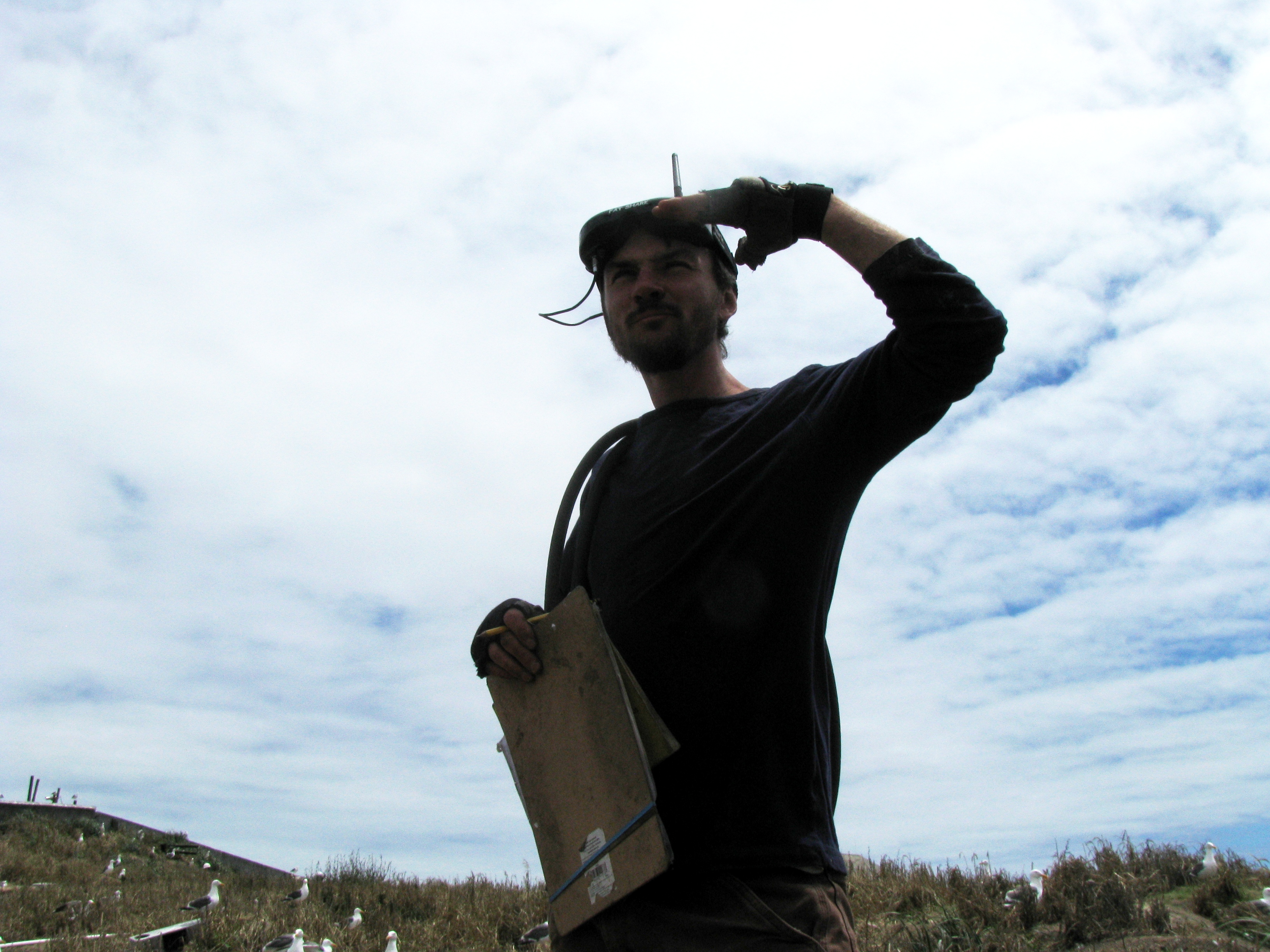
Año Nuevo Island, part of Año Nuevo State Reserve, is located roughly half way between San Francisco and Santa Cruz. It is a critical breeding habitat for seabirds and marine mammals, including the Rhinoceros Auklet, burrow-nesting seabirds similar to puffins.
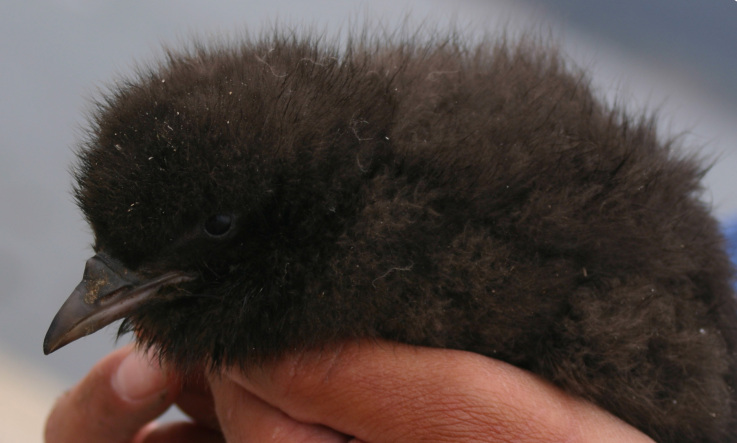
When the island was first discovered by Europeans in 1603, it was a jutting point of land accessible by foot only during low tide. A lighthouse was built around 1870, and in 1904 the lighthouse keepers and their families moved in. They built a fence to keep out the seals and sea lions and planted flower and vegetable gardens. These modifications contributed in part to major erosion issues that Ryan and Oikonos are trying to fix.
After the lighthouse closed, seals and seabirds moved back in. But the soil continues to erode. In the 1990s, dry summers, harsh winter storms and trampling by sea lions and pelicans caused the remaining native vegetation to be stripped, resulting in a loss of 5 feet of topsoil.
Rhinoceros Auklets need undisturbed soil and stable vegetation. Using their sharp toenails, they dig burrows up to six feet long to rear their young. They are confined to the center of the island where there is enough soil for the burrows. Without stable soil, auklet burrows can collapse, killing chicks and their parents.
The latest population estimate of Rhinoceros Auklets in California was roughly 1,700 breeding individuals. They are listed as a California species of special concern due to their small population and vulnerable habitat. The U.S. Fish and Wildlife Service has listed them as a species of high priority management need. About 250 Rhinoceros Auklets make their homes on Año Nuevo Island. They are even more vulnerable because they lay only one egg per year.
And that’s where Ryan and his team come in. Oikonos began testing various habitat restoration techniques from 2001 to 2003, bringing together architects, designers, students and volunteers to work on the damaged habitat.
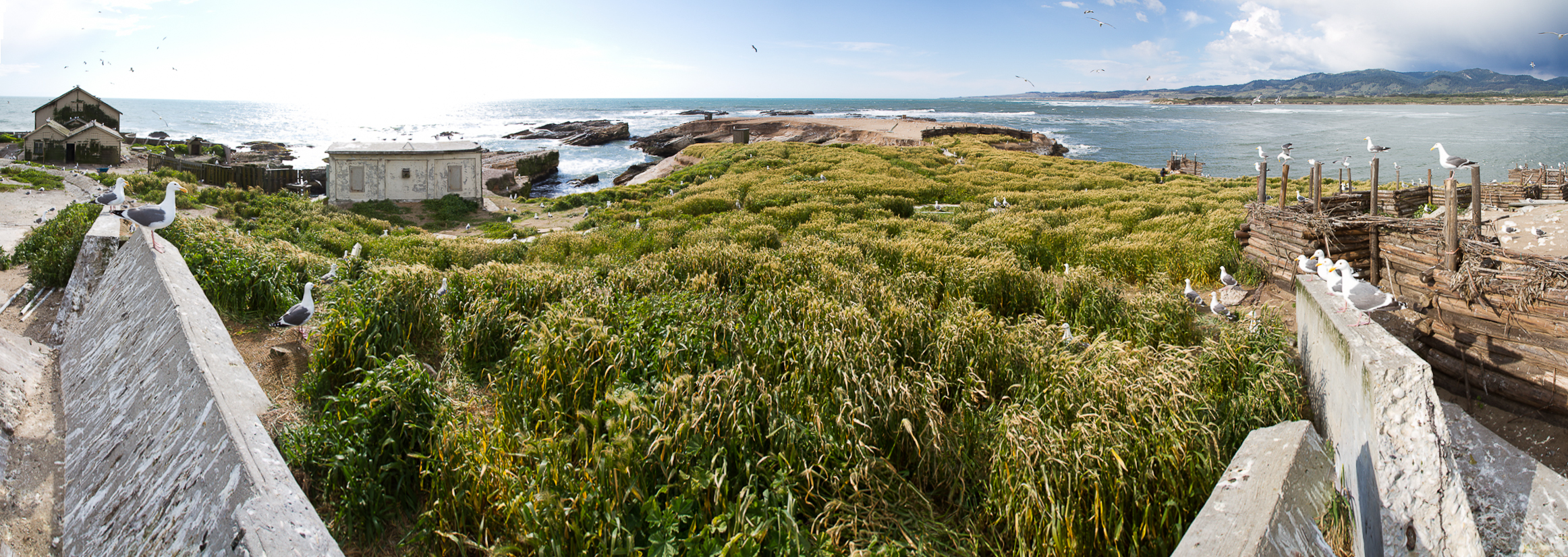
In 2011 Oikonos and their partners planted 10,000 native plants and buried 90 clay nest modules on the island. The modules were specially designed and built by art students at the California College of the Arts in San Francisco. The ceramic burrows increase potential breeding space, armor the sites against trampling and burrow collapse, and provide access for research via a lid in the top.
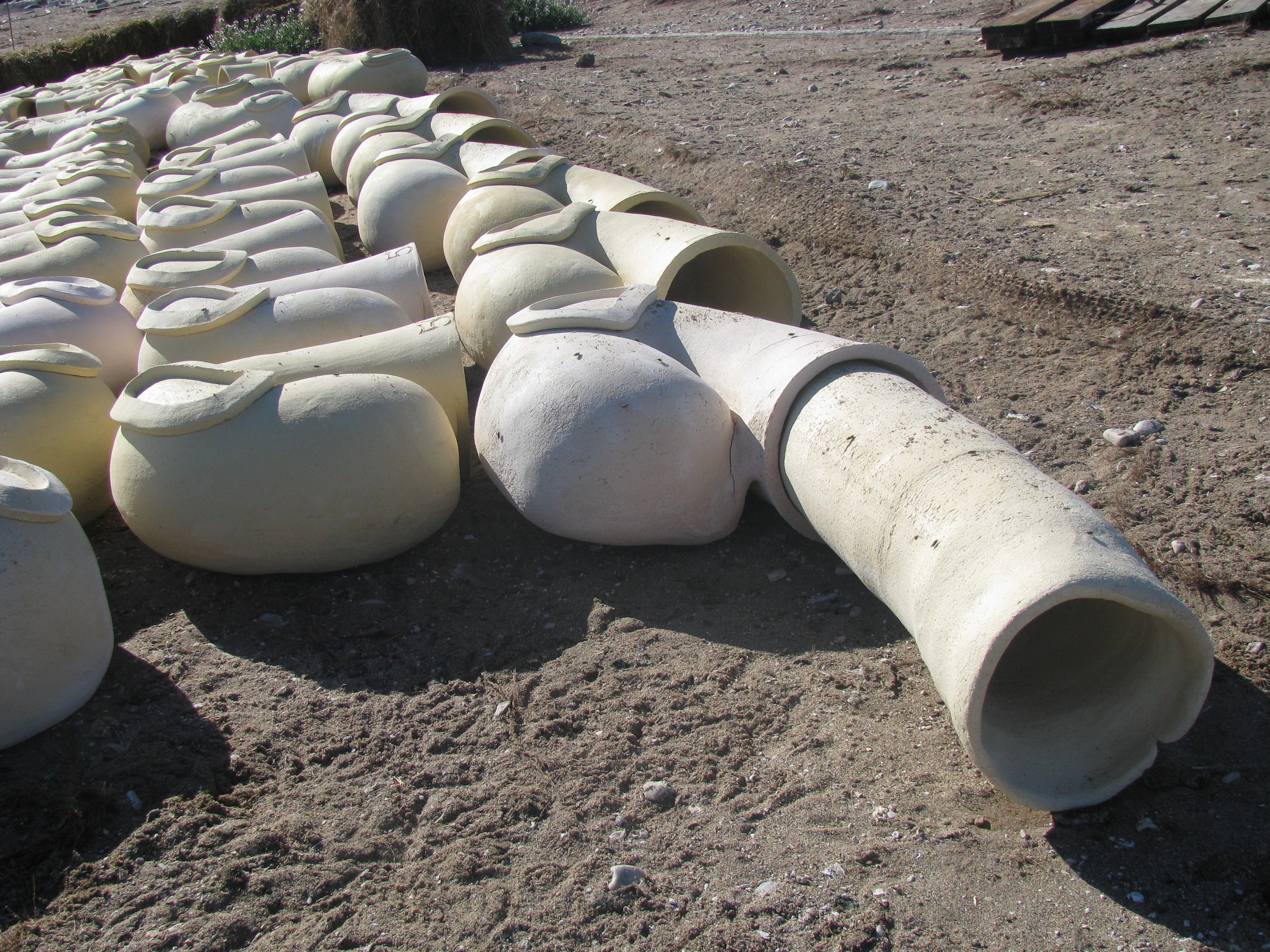
This past spring, 33 pairs of auklets successfully took up residence in the clay nest sites. The native plants are successfully growing and will be augmented this fall with further plantings. You can follow their progress here.
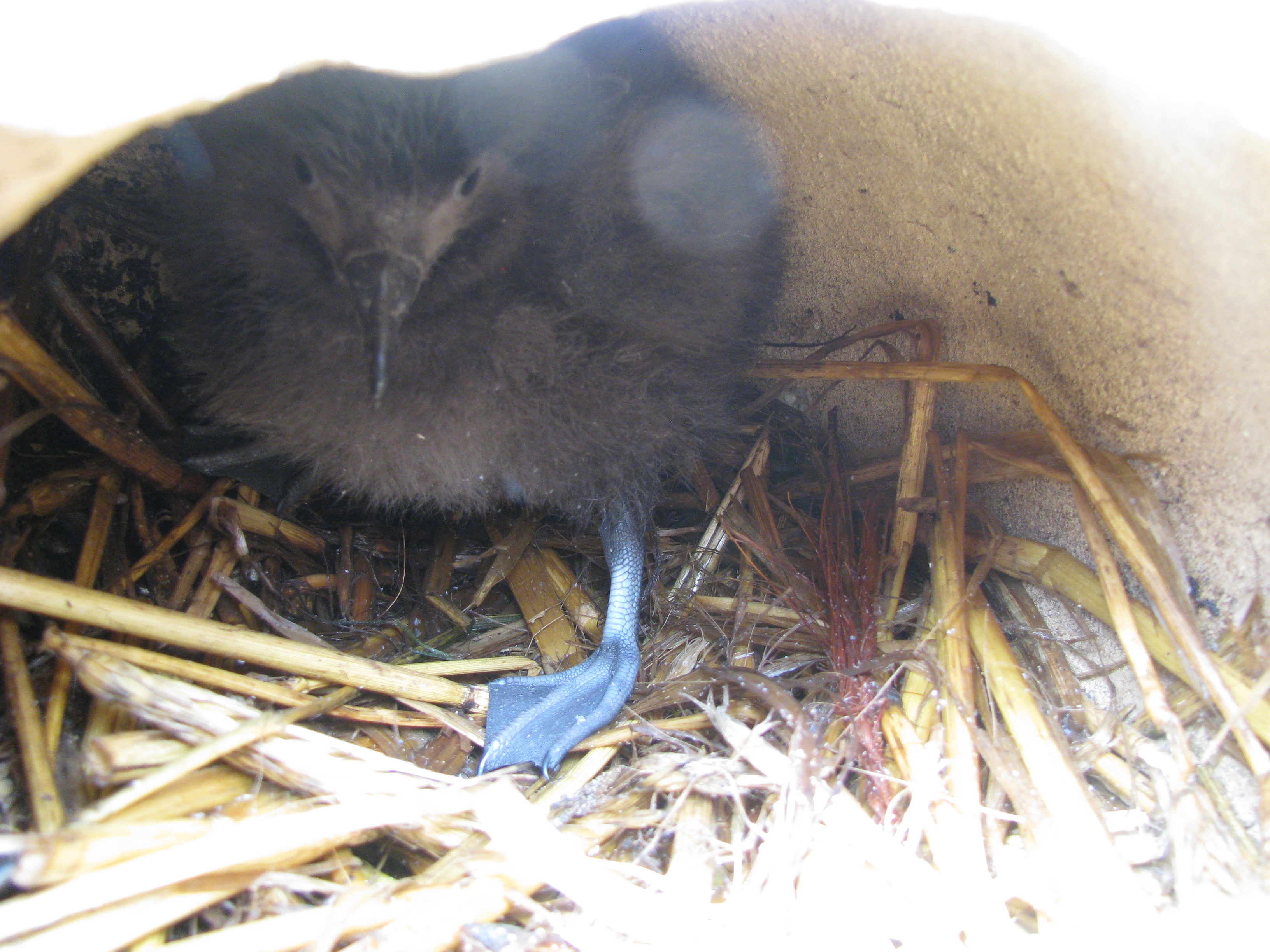
At Moss Landing, Ryan plans to focus his thesis research on identifying winter movement patterns of the Rhinoceros Auklets breeding on the island using electronic tags. He is also interested in the impact of adult foraging effort and location on breeding and chick growth, as well as interactions between auklets and Western Gulls. Stay tuned!

